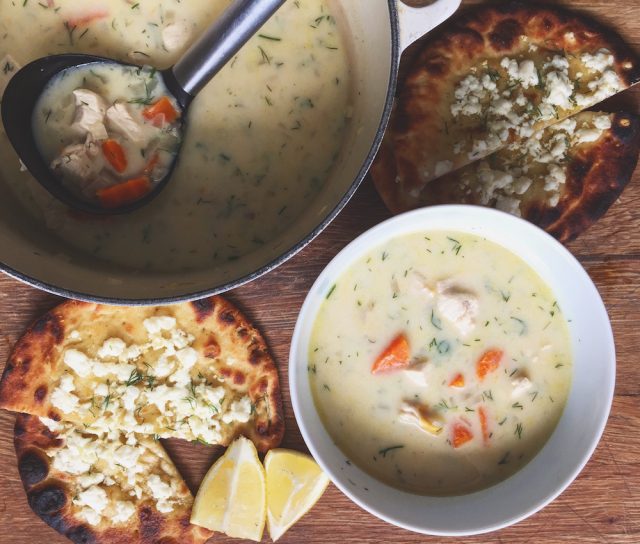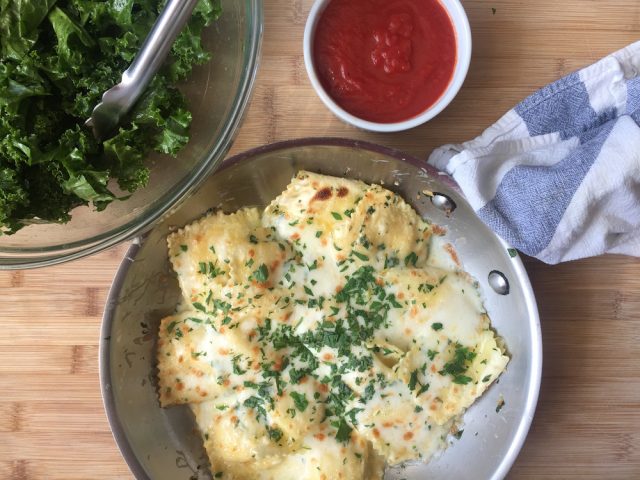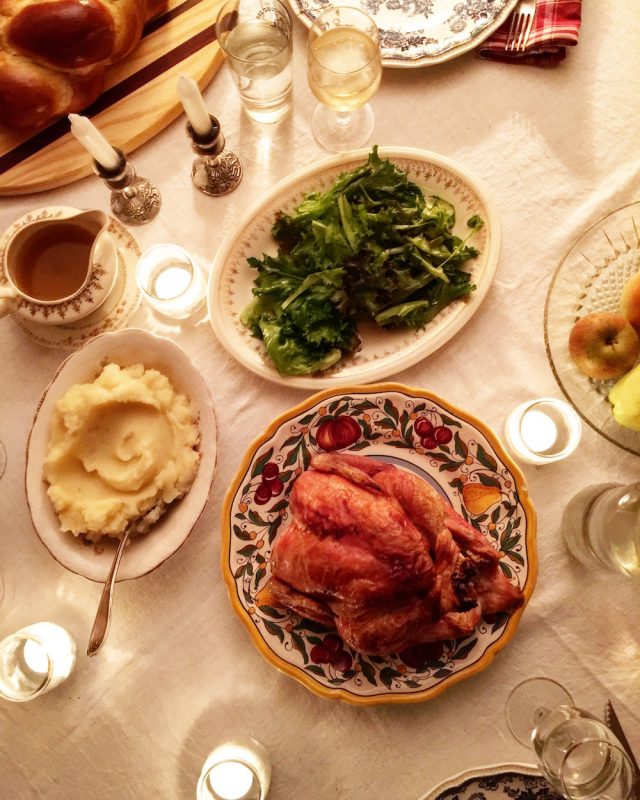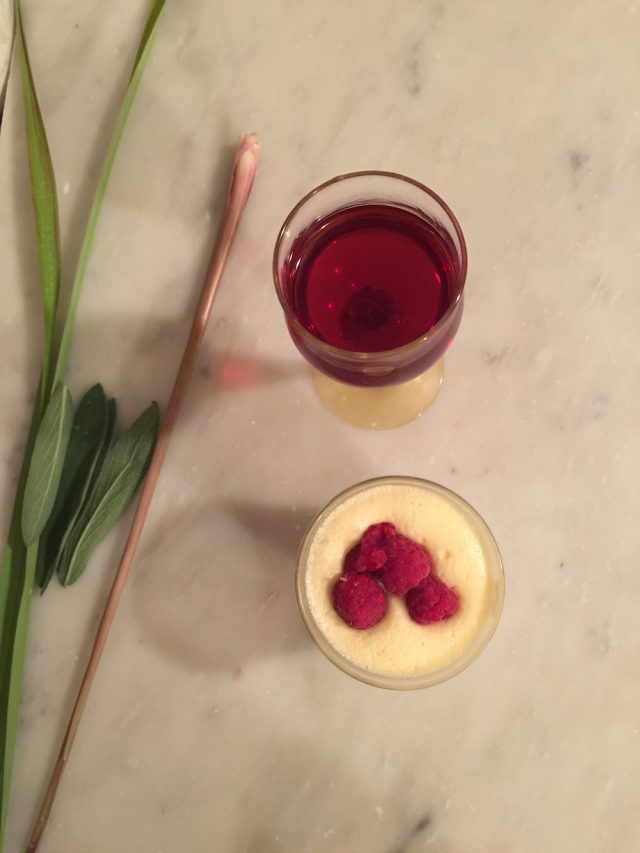The Perfect Recipe + An Easy White Chocolate Mousse

A colleague shared a podcast episode about recipe writing which has been turning over in my mind since reading the transcript. I think it’s safe to say we all understand the gravity of words and how they matter within every interaction we experience during the course of a day.
When it comes to recipes, words are a high stakes game. How you write a recipe can be done in so many ways, and the same can be said for how one interprets what we write. Many years ago I spoke on a panel at a food blogging conference about this very topic.
Take the simple act of sautéeing an onion.
We start by heating the oil. But what does that mean? To an experienced cook, the task is quite clear. For someone just starting out, the visual cue “until shimmering” is essential.
What do we heat the oil in. A skillet of course, but what size? A medium skillet? Ah, yes. Now, what does medium mean to you? Is that the same definition the author is intending?
Heat 1 tablespoon of oil in an 8-inch skillet until shimmering over medium-high.
There’s no room for error in a sentence written so clearly as above. Or is there? Medium-high on one stove is a variable depending on the stove type (gas or electric), and the strength of the gas or electric output, not to mention which burner are you using?

Cheesy Pull Apart Ravioli, coming soon to Marley Spoon. Photo: Jennifer Perillo | In Jennie’s Kitchen
The largest burner on a stove is usually the “power boil” burner. whereas the smallest burner is generally for gentle simmering. Medium-high will produce different results on those burners, something the novice cook will not know.
The soup at the top of this post is another good example of why sometimes more is better when it comes to information in a recipe. To make that lemony Greek chicken soup, a riff on avgolemono for a future Marley Spoon meal, hot broth is very slowly whisked into a beaten egg. When I say slowly, I mean one tablespoon at a time, and so the recipe is written with that clear instruction. I went one step further to write in parentheses “do not add all at once or egg will curdle” just in case some hurried cook was hoping to take a shortcut.
So, where does this leave me as a professional recipe developer, and you as the consumer of the recipes I write? Magazines usually know their market readers, and can assume something about the experience level. This would certainly dictate how they write their recipes.
At work we have a style guide which errs on the side of more information than less when writing recipes for our customers. We go so far as to say “save rest for own use” when only using, say half an onion, provided space allows since we have strict character counts to ensure recipes fit on the cards.
Personally, I’ve a reflexive flinch every time I have to write that phrase. Who throws away half an onion? It took some time for me to realize it was less about throwing away half an onion and more about taking out the potential guesswork for any customer wondering if they were supposed to use that remaininng onion in some other part of the recipe.
That’s why this space is so invaluable for my own creative process. Initially I began writing In Jennie’s Kitchen 10 years ago so I could share recipes more aligned with the season since we tend to work four months in advance in magazine publishing.
These days, it’s more about writing for the sake of myself than anyone else, really. There’s no editor to cloud my creative cravings (but that also means no editor to check for typos!). I can feel free here in this space, sharing what I want, when I want, and how I want.
Some recipes are written more methodically, especially the older ones. More often lately, though, I prefer a more relaxed approach, trying to push you all further from the comfort zone of being told what to do in the kitchen, and hoping you’ll find a new comfort in trusting your own instinct.
As for the white chocolate mousse I promised in the title of this post, it’s an adaptation of this 2-Ingredient Chocolate Mousse. The recipe is crazy easy (really). All you need to do is swap in white chocolate for the dark or semi-sweet chocolate, and proceed with the recipe exactly as it’s written. My guess is you could probably use butterscotch or peanut butter chips, too, provided they melt smoothly. Rather than write a separate recipe for the white chocolate mousse, I’m sending you off to this post for the original recipe, and make the swap with whatever chips you seem fit for your dessert craving.




Sue
Well written, good info, I am in the process of putting together a family cookbook for my three girls and their families, I have asked them to give me their favorite foods I cook. They all eat at my house every Sunday, some things I cook can take time, days even and a lot of planning to have it ready for Sunday dinner. Some day I will not be around and some of the things on their favorite list are complicated to make if you are not an experienced cook, what you said in your post gave me some insight into making it easier to relay it to them when writing it down. It’s not as easy as people think, but my girls were really excited when I told them what I wanted to do, and you just made it a little easier and I thank you.